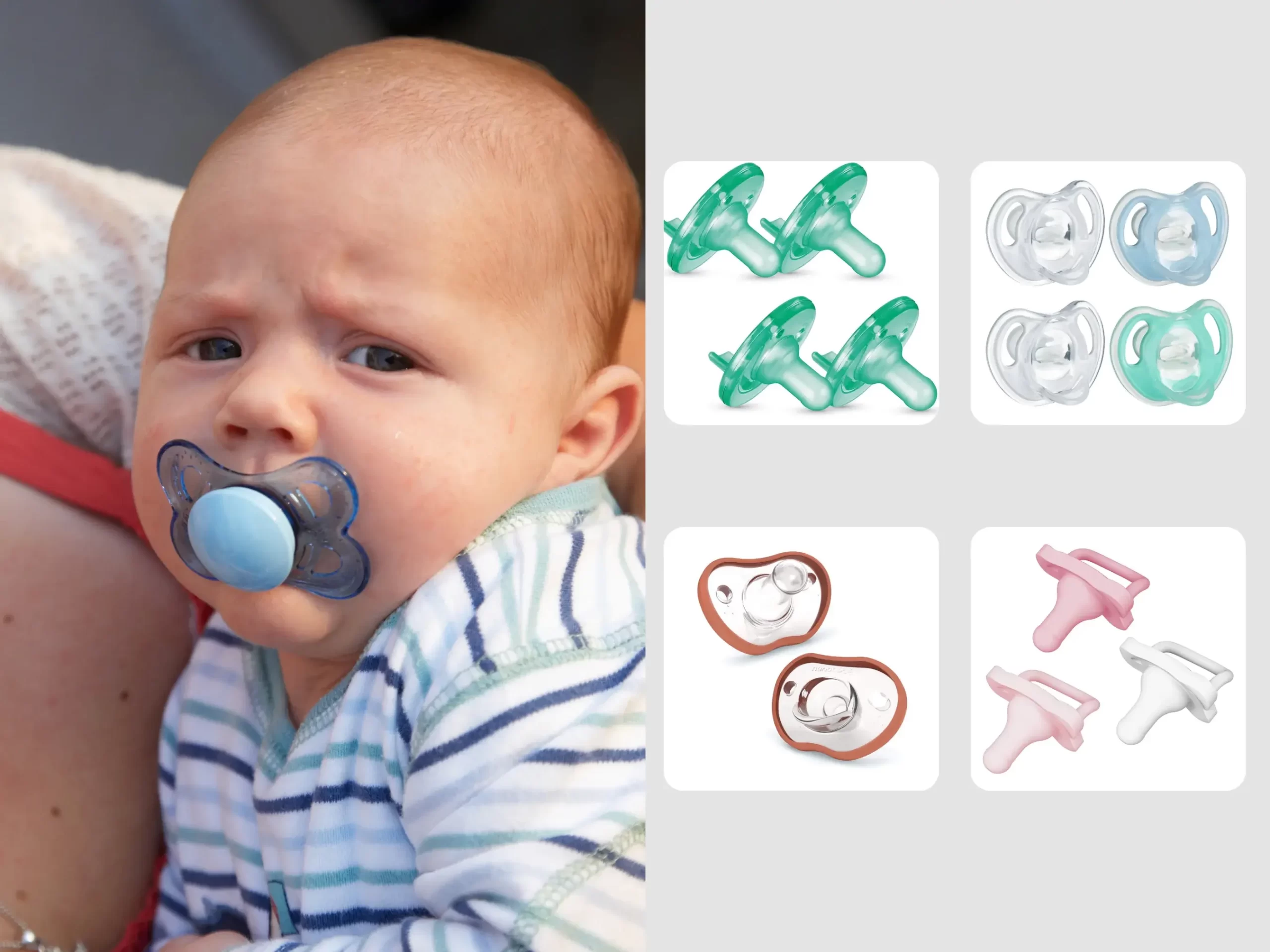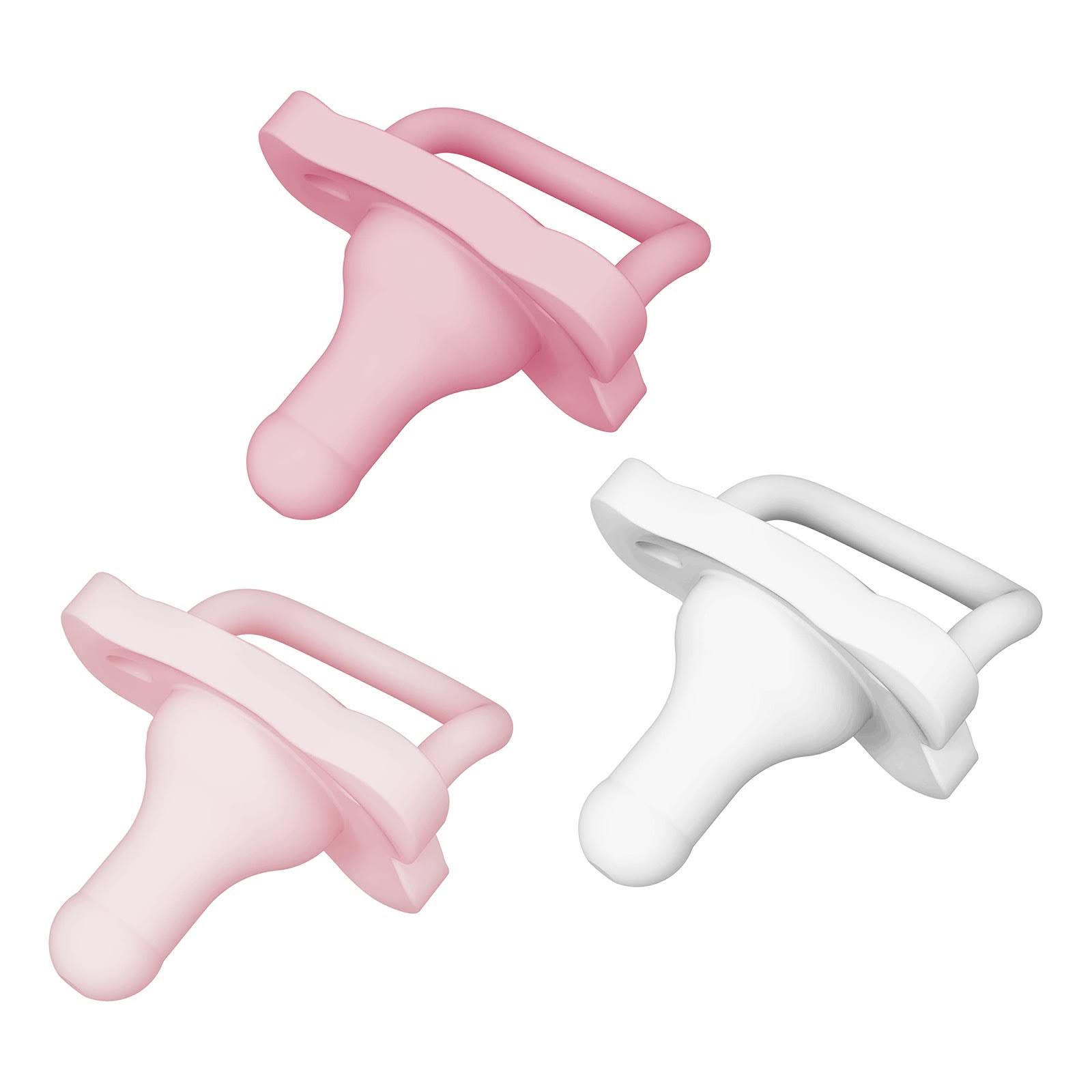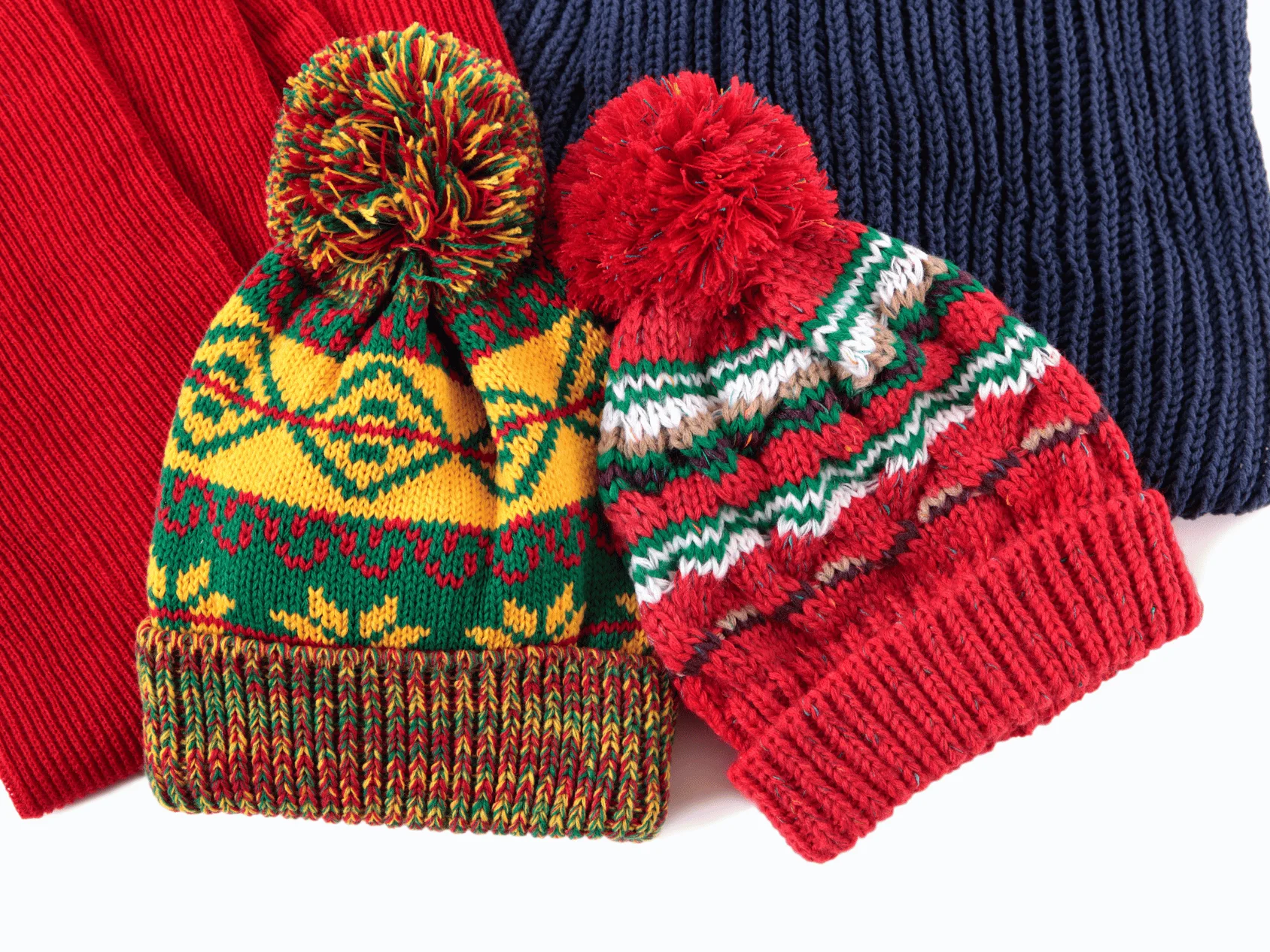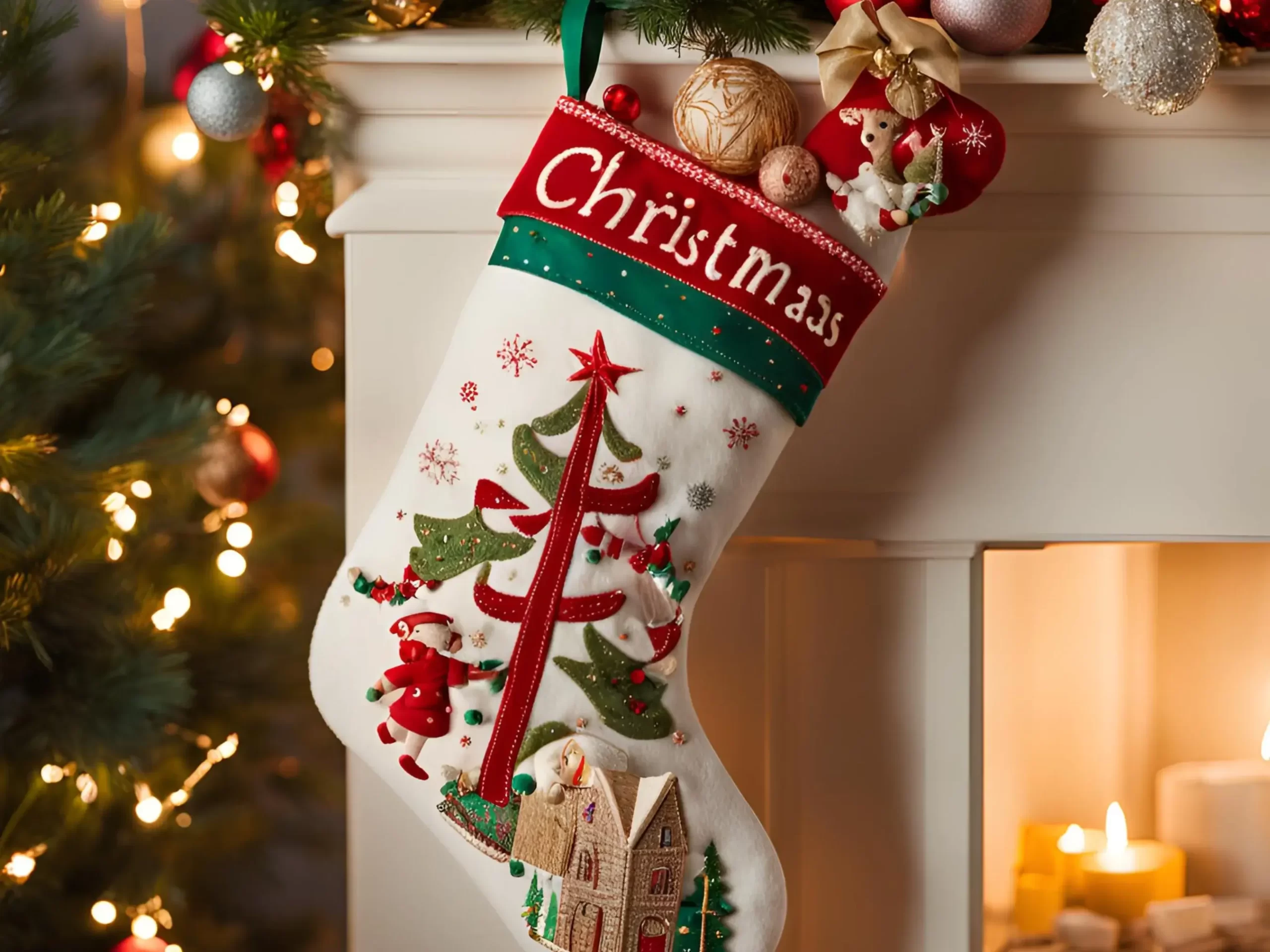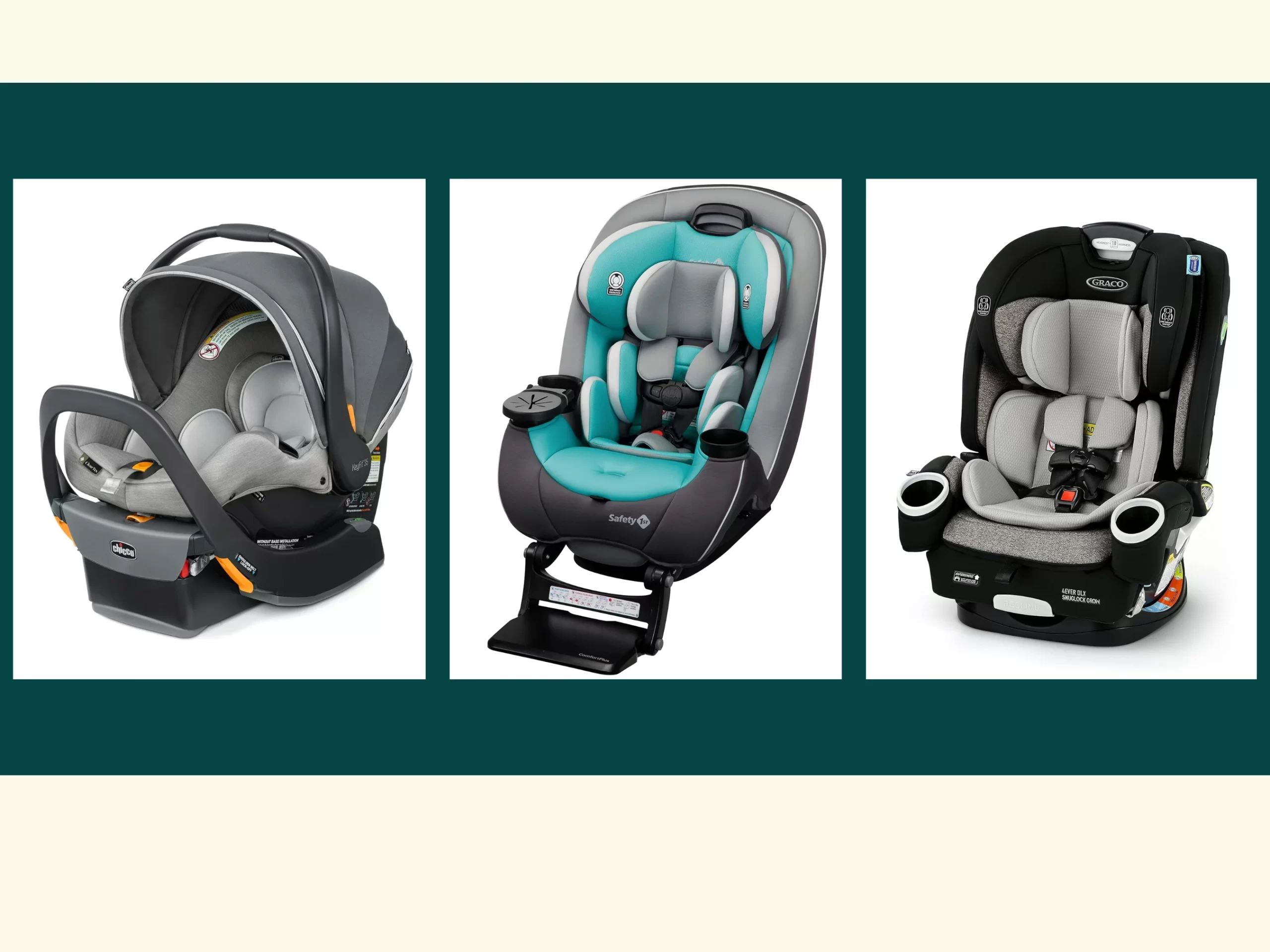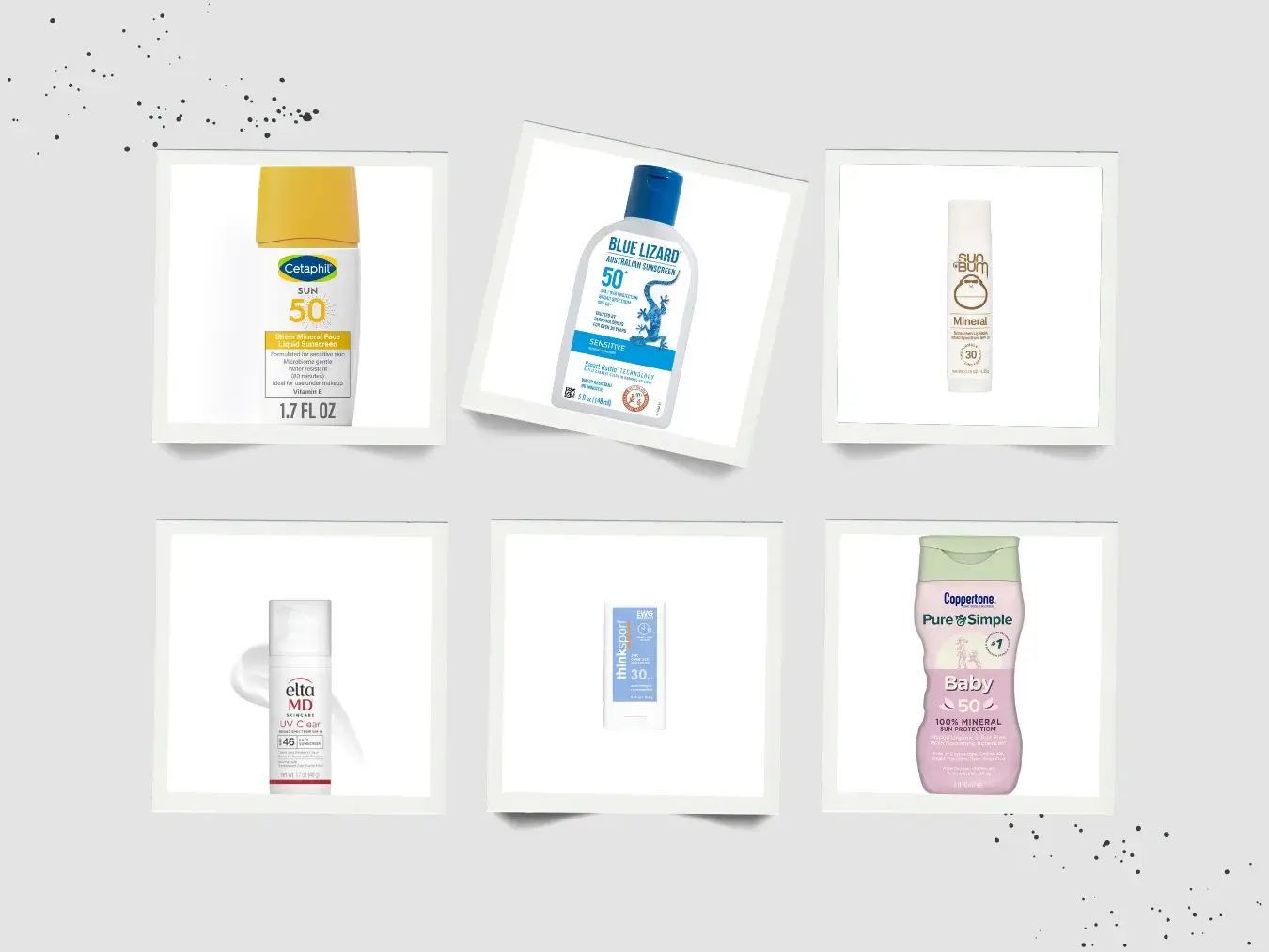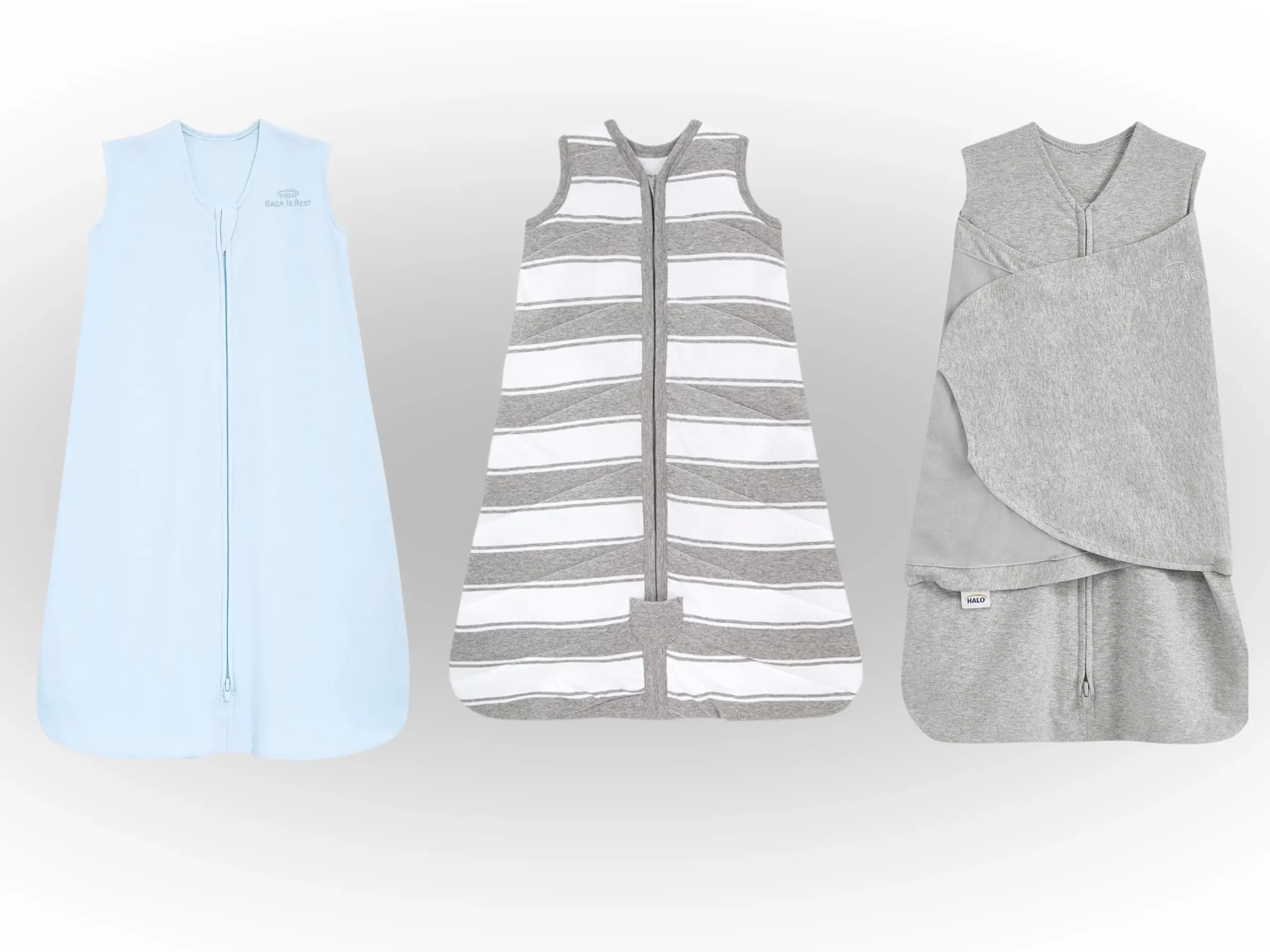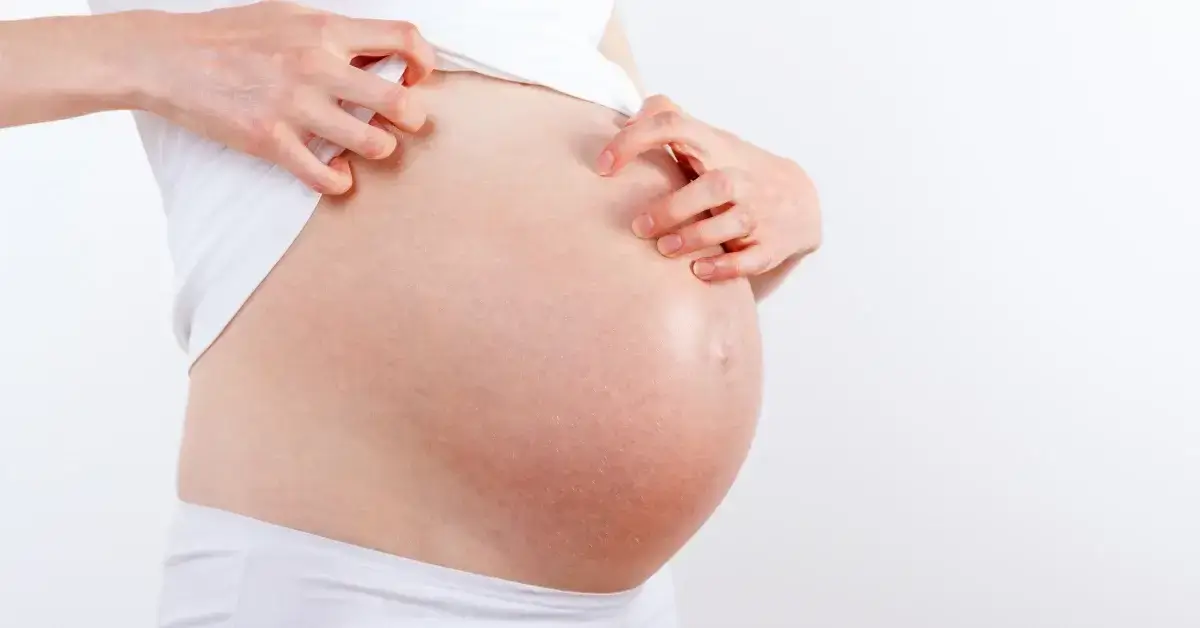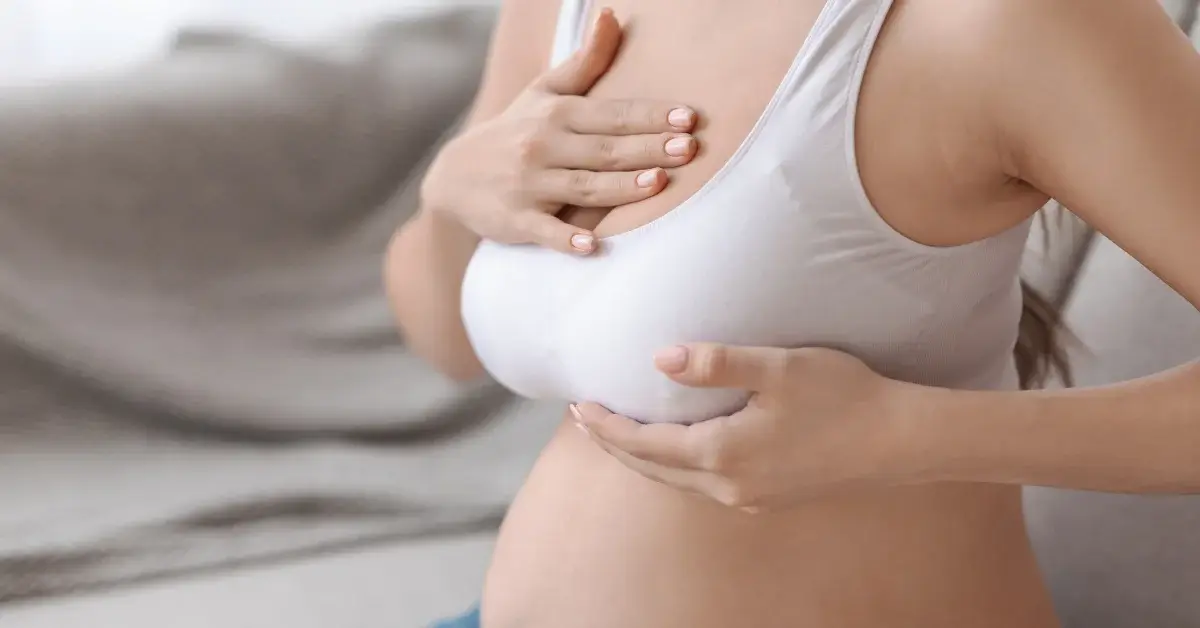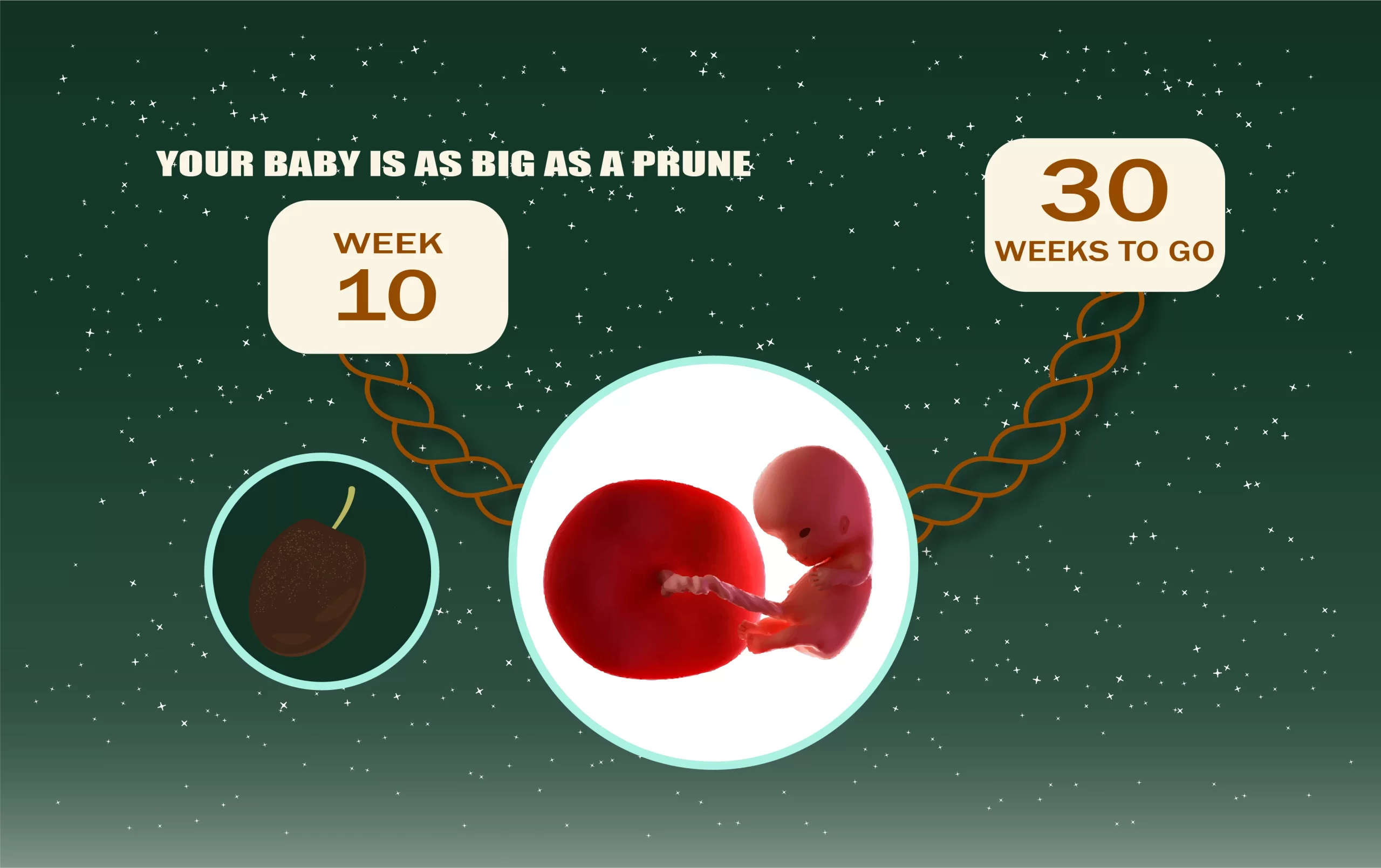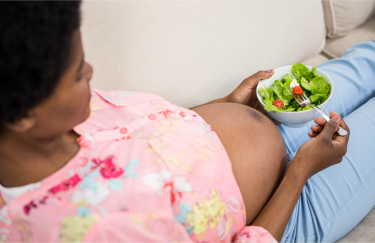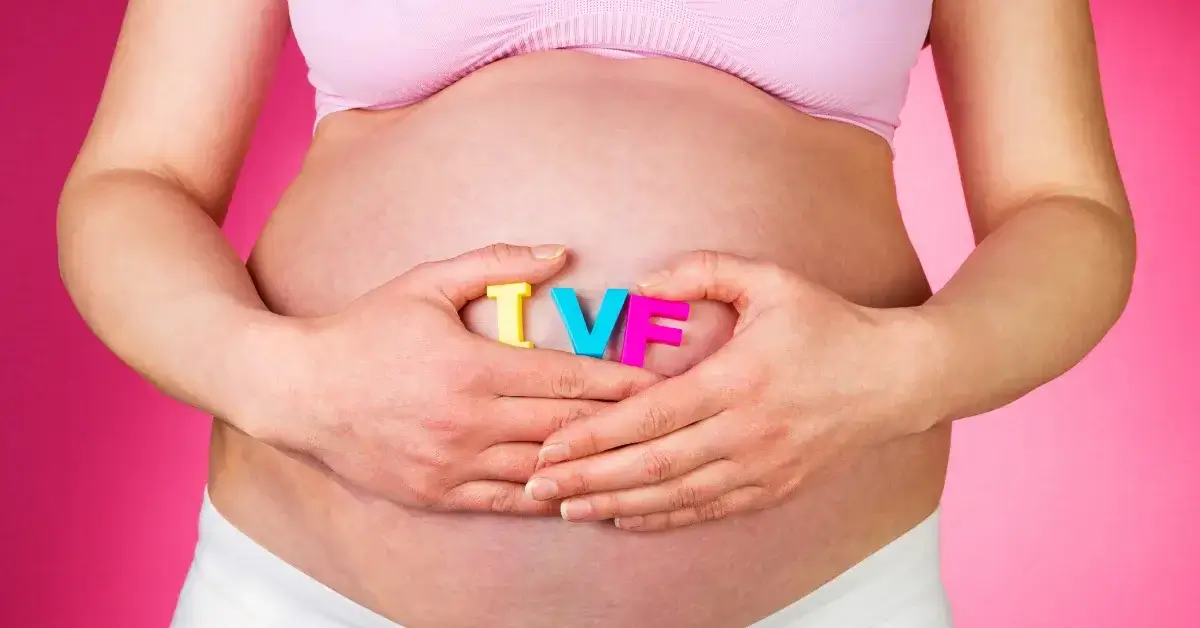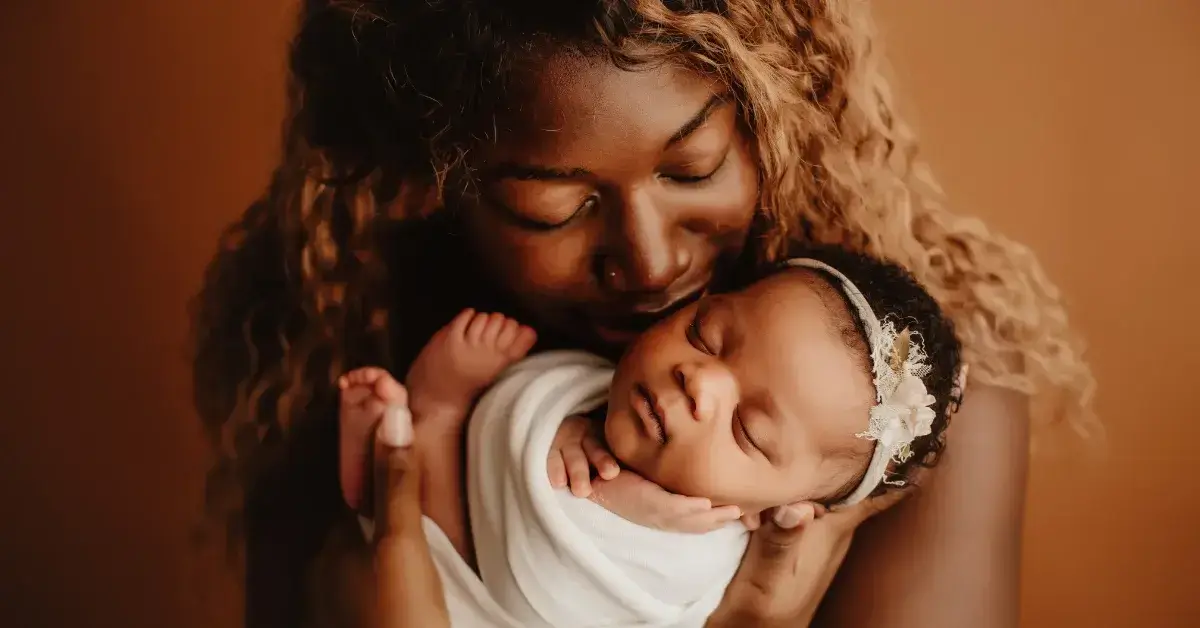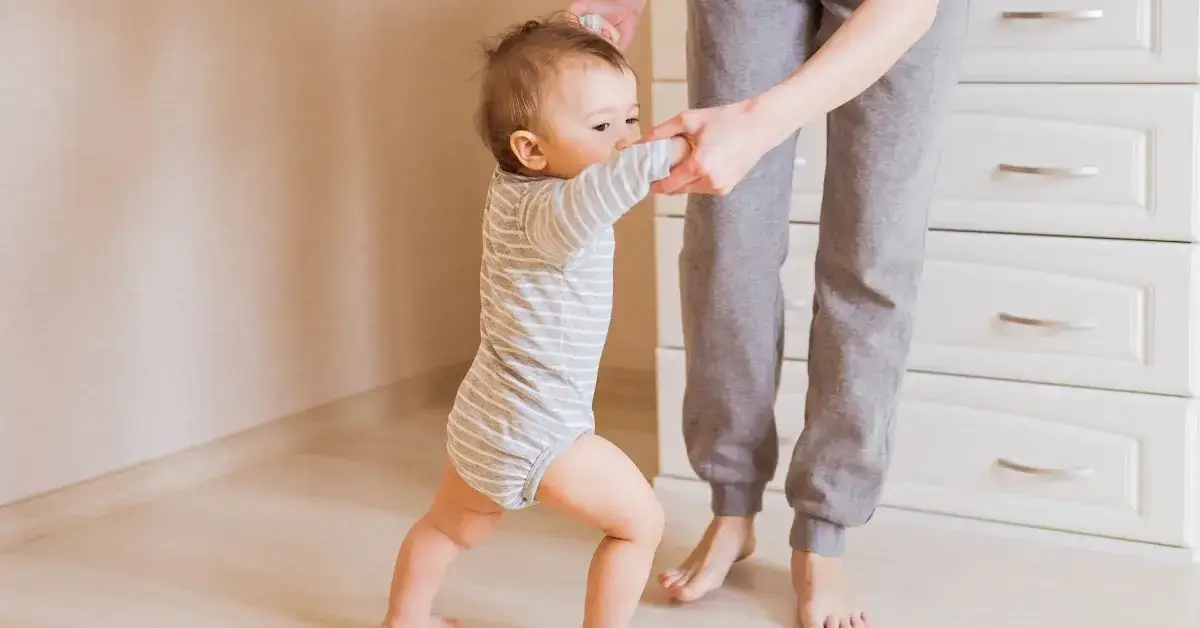Explore Your Interest
-
How we Choose the Best Pacifiers
-
Our Top Picks for the Best Pacifiers
-
What to Look out for While Shopping for a Pacifier
-
A Note from MindsMaking
-
Frequently Asked Questions
-
Reference
The most prevalent type of pacifier in the United States dates back to the early 1900s and was created by Christian W. Meinecke, known then as a baby comforter.
Today, pacifiers come in various sizes, shapes, colours, and materials to suit various preferences. Despite these variations, their fundamental purpose remains consistent: to simulate the natural sucking action of babies and to soothe them between feedings or when they are distressed.
Regarding soothing a fussy baby, pacifiers can be a lifesaver for parents. They offer comfort, help calm irritable infants, and might even reduce the risk of sudden infant death syndrome (SIDS), though research is still ongoing.
However, pacifiers do have some potential downsides. Prolonged use can lead to dental issues like crossbites and overbites, to nipple confusion (particularly in breastfed babies) and may become a tough habit to break as the child gets older. Therefore, using pacifiers properly is key to reaping their benefits while minimising drawbacks.
As your child grows, their pacifier needs will change. It is important to choose pacifiers that support different stages of oral development. Our guide today features 10 of the best pacifiers for breastfed babies in 2024. These options provide comfort and promote healthy oral development, helping you make a well-informed choice.

